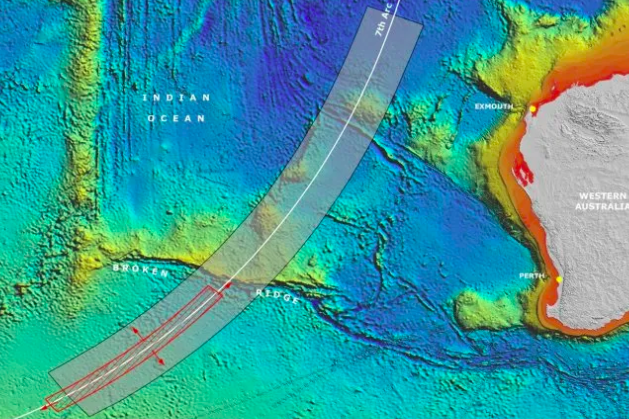Malaysian Airlines Flight MH370 went missing on March 8, 2014, with 239 people on board while on its way from Kuala Lumpur to Beijing. The ill-fated flight disappeared after takeoff and even after a multi-million dollar search operation conducted by Australia, Malaysia and China, there have been no significant clues as to the whereabouts of the jetliner.
Dubbed “the greatest aviation mystery of all times,” the plane was in control of first officer, Fariq Hamid,27 years old at the time, and pilot in command, Zaharie Ahmad Shah, 53 at the time.
Just forty-two minutes into the flight, the plane lost contact with air traffic control leading up to a massive search operation stretching from the Indian Ocean west of Australia to Central Asia.
After the flight path was studied in its preliminary stage, the search for the Boeing 777-200 concentrated in the South China Sea. It was determined at the time that flight 370 had turned to the west shortly after the transponder was switched off. Search also continued in the Strait of Malacca and the Andaman Sea.
In June 2014, authorities from Australia, Malaysia and China said that the search for the missing Malaysian Airlines Flight will move farther south of the initial underwater search zone to an area described as “the highest priority for future search efforts.”
“Specialists have analysed satellite communications information—information which was never initially intended to have the capability to track an aircraft—and performed extremely complex calculations,” Warren Truss, Australia’s deputy prime minister and minister for infrastructure and regional development, said at the time. “The new priority area is still focused on the seventh arc, where the aircraft last communicated with satellite. We are now shifting our attention to an area further south along the arc based on these calculations.”







